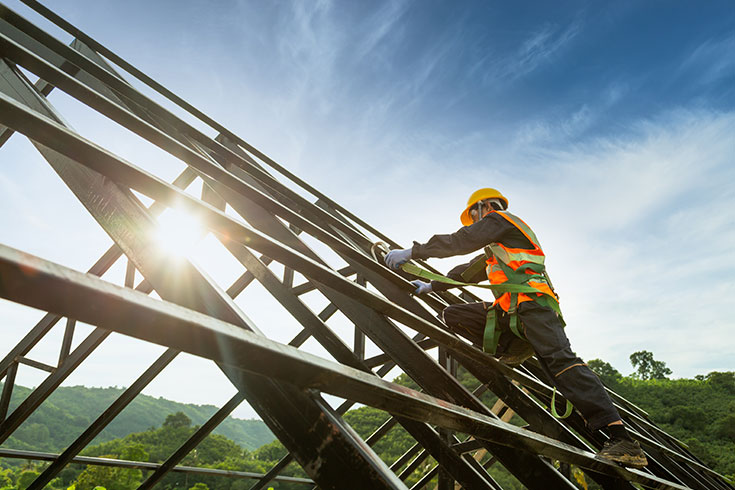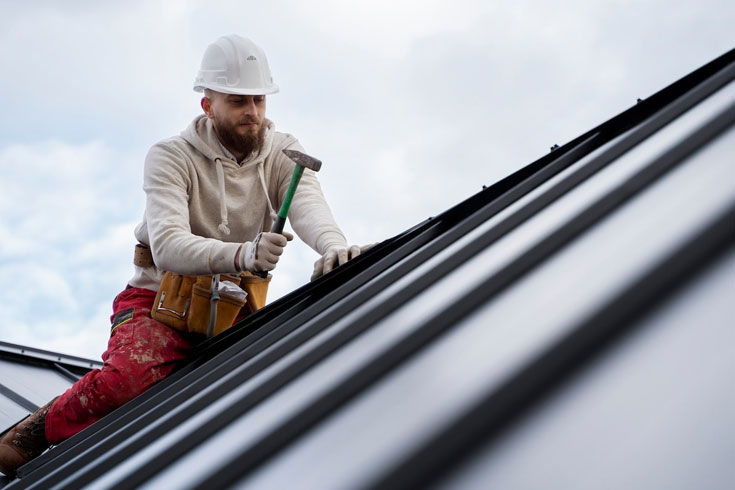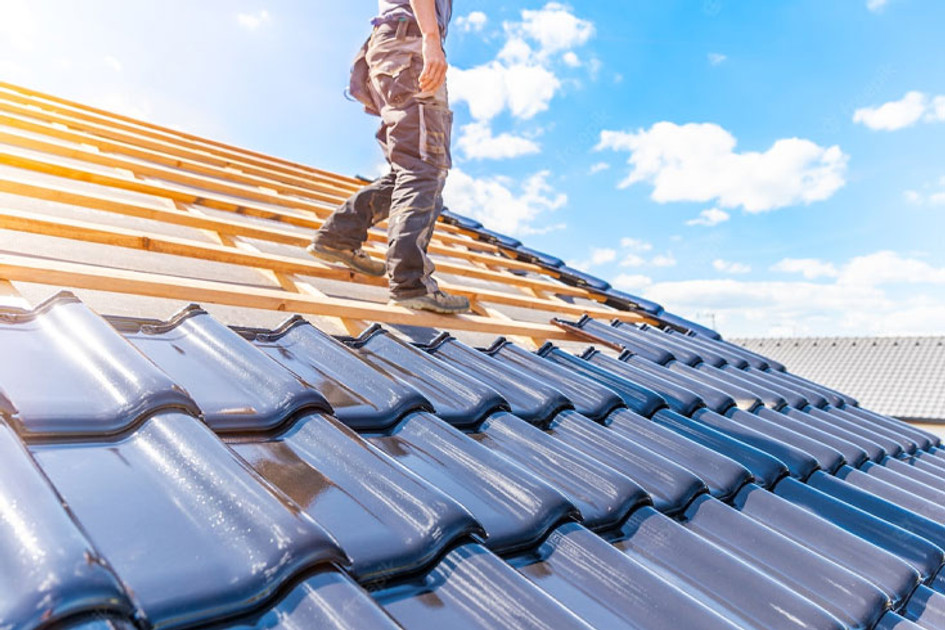Top Tips For Roofers
Posted by Howie Scarboro - CEO Fall Protection Distributors, LLC on Sep 23rd 2022
As a roofer, you know that working at heights comes with its fair share of risks. But did you know that Falls from Heights is one of the leading causes of death in the construction industry? In fact, according to the Occupational Safety and Health Administration (OSHA), falls account for nearly one-third of all construction worker fatalities. That's why it's so important to take precautions and follow safety guidelines when working on a roof. Here are Fall Protection Distributor's top tips for staying safe on the job.

8 Tips For Staying Safe On Roofs
You might already know everything when it comes to roofing safety, but just incase, here are 8 tips that will help to keep you safe at height.
1. Use the proper fall protection equipment.
This may seem like a no-brainer, but it's important to make sure you're using the right fall protection gear for the job. That means choosing a harness that fits properly and is rated for the type of work you'll be doing. It's also important to use other safety gear, like lanyards and anchors, that are designed for roof work.
2. Inspect your gear before each use.
Before you start working on a roof, take a few minutes to inspect your fall protection gear. Check the harness for any signs of wear or damage, and make sure all the buckles and straps are secure. Inspect the anchor point to ensure it is strong enough to support your weight in case of a fall.
3. Be aware of your surroundings.
When you're working on a roof, it's important to be aware of your surroundings at all times. Take note of where the edge of the roof is, and be cautious when working near it. Also, be aware of any potential hazards, like power lines or skylights, that could present a danger if you were to fall.
4. Use caution when working in inclement weather.
Working in bad weather can make roofs more slippery and dangerous. If you must work in the rain or snow, take extra precautions to prevent slips and falls. Wear shoes with good traction, and use caution when moving around on the roof.
5. Follow OSHA safety guidelines.
When working on a roof, it's important to follow all OSHA safety guidelines. This includes using proper fall protection gear, inspecting your equipment, being aware of your surroundings, and using caution when working in inclement weather. By following these guidelines, you can help keep yourself and your coworkers safe on the job.
6. Stay hydrated and take breaks as needed.
It's important to stay hydrated when working in hot weather, as dehydration can lead to dizziness and fatigue. If you start to feel lightheaded or fatigued, take a break in the shade and drink some water. It's also important to eat a healthy meal before starting your shift, as working on a roof can be physically demanding.
7. Wear the right clothing.
When working on a roof, it's important to wear clothes that are comfortable and breathable. Avoid wearing loose clothing that could get caught on something, and opt for closed-toe shoes instead of sandals or flip-flops. In warm weather, light-colored clothing can help keep you cooler, and in cold weather, layers can help you stay warm.
8. Know your limitations.
If you're not comfortable working on a particular roof or performing a certain task, don't do it. It's better to ask for help than to take unnecessary risks.
Why Are Roofs So Dangerous?
There are a few reasons why roofs can be so dangerous for workers. First of all, they're often located at a high elevation, which means there's a greater risk of falling and being seriously injured. Additionally, the surface of most roofs is slippery, making it easy to lose your footing and take a tumble. And finally, many roofs have hazards like power lines and skylights that can present a danger if you're not careful.
Despite the risks, roofs are an important part of many buildings, and they need to be maintained and repaired on a regular basis. That's why it's so important to take precautions and follow safety guidelines when working on a roof.

Final Thoughts
Roofs can be dangerous places to work, but by taking precautions and following safety guidelines, you can help keep yourself safe on the job. Be sure to wear proper fall protection gear, inspect your equipment, and be aware of your surroundings at all times. And if you're ever unsure about something, don't hesitate to ask your superiors or coworkers for help.

